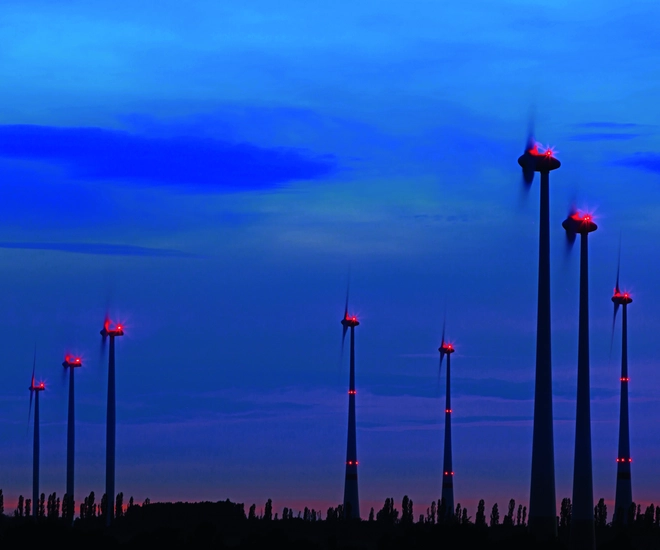
DURAN®
Ever since it was invented by Otto Schott in 1897, DURAN® has set the standard for borosilicate glass tubing. It remains a leading material for laboratories, industry and architecture thanks to its strength, versatility, resistance and vast range of dimensions for a variety of worldwide applications.
DURAN® is a registered trademark of DWK Life Sciences GmbH.

A true all-rounder

Applications across the board
Strong and steady
The chemical composition of DURAN® borosilicate glass provides it with a strong hydrolytic resistance and durability to corrosive substances. A low coefficient of expansion and exceptional resistance to thermal shock also adds to its versatility, while its smooth surface offers impressive scratch resistance.
Explore material properties in detail



To protect your privacy, external content will only be loaded with your consent. Refer to our Cookie Policy for detailed information.
We are certified
DURAN® meets all significant standards for technical glass, such as ISO 3585:1998 and ASTM E438 Type I. SCHOTT Tubing is certified against the applicable Quality Management System standards ISO 9001 and ISO 15378 (GMP for Pharmaceutical Primary Packaging).
Related products

Glass tubing for autonomous solar lighting

Glass tubing for a colorful world

Glass tubing for LED signal lights

Air freshener for old buildings
Finished DURAN® Laboratory Glassware
Are you searching for ready-to-use labware items like bottles, flasks, test tubes, or volumetric glassware? If yes, please contact DWK Life Sciences.
Want to know more? Let's talk about DURAN® tubing
Whether you need more information, samples, a quote, or advice related to DURAN® glass tubing, we would be delighted to talk to you.
Contact us


